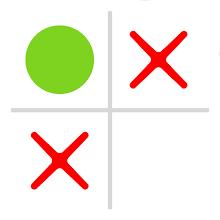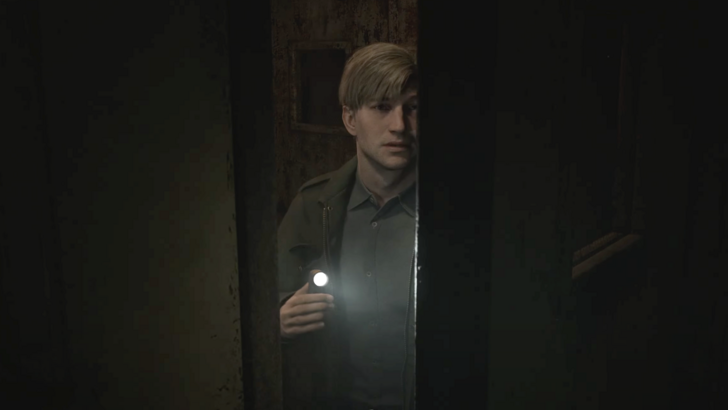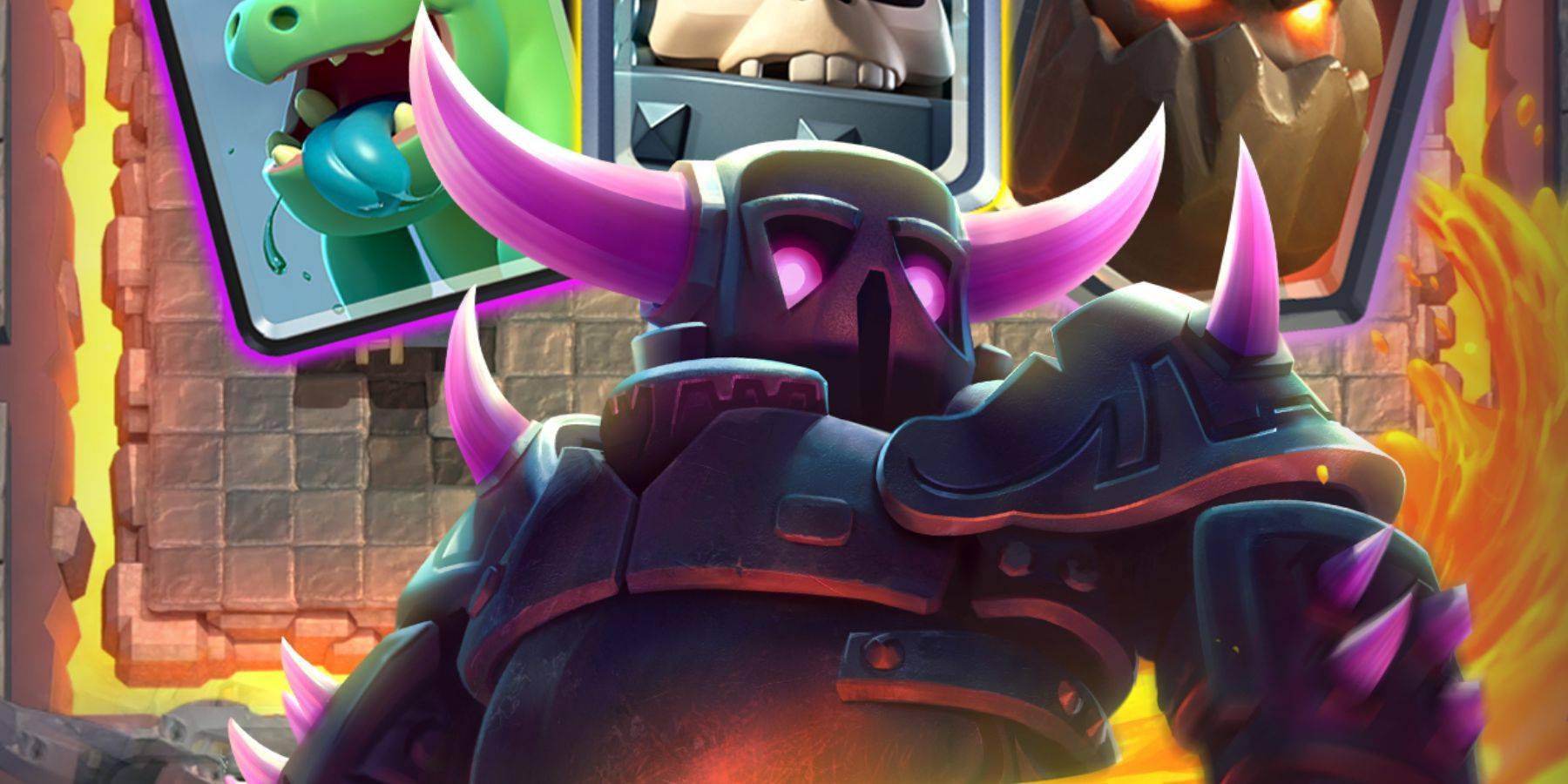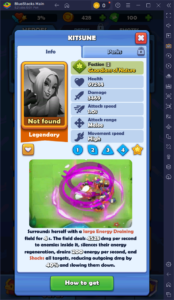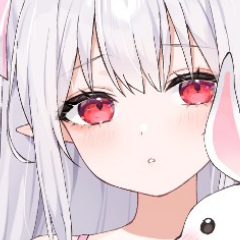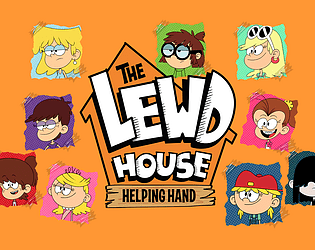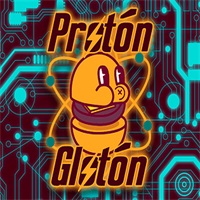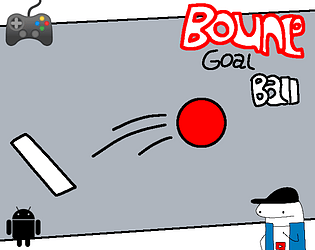Capcom's Revival: From Resident Evil 6 to Monster Hunter Wilds' Success
With Monster Hunter Wilds shattering Steam records and Resident Evil enjoying unprecedented popularity thanks to Village and a series of stellar remakes, it seems like Capcom can do no wrong. However, this wasn't always the case. Just a few years ago, following a series of critical and commercial flops, Capcom was struggling to stay afloat, having lost both its direction and its fanbase.
Capcom faced an identity crisis. The survival horror genre, which Resident Evil helped define, had lost its edge after Resident Evil 4. Meanwhile, another cornerstone franchise, Street Fighter, was faltering after the disappointing release of Street Fighter 5. It was a dire situation that threatened the very existence of Capcom and its beloved titles.
Yet, from this low point, Capcom found a path to resurgence. A strategic shift in game development, powered by a new game engine, breathed new life into these iconic series, leading to a string of successes that propelled Capcom back to the forefront of the gaming industry.
Resident Evil Lost Its Way
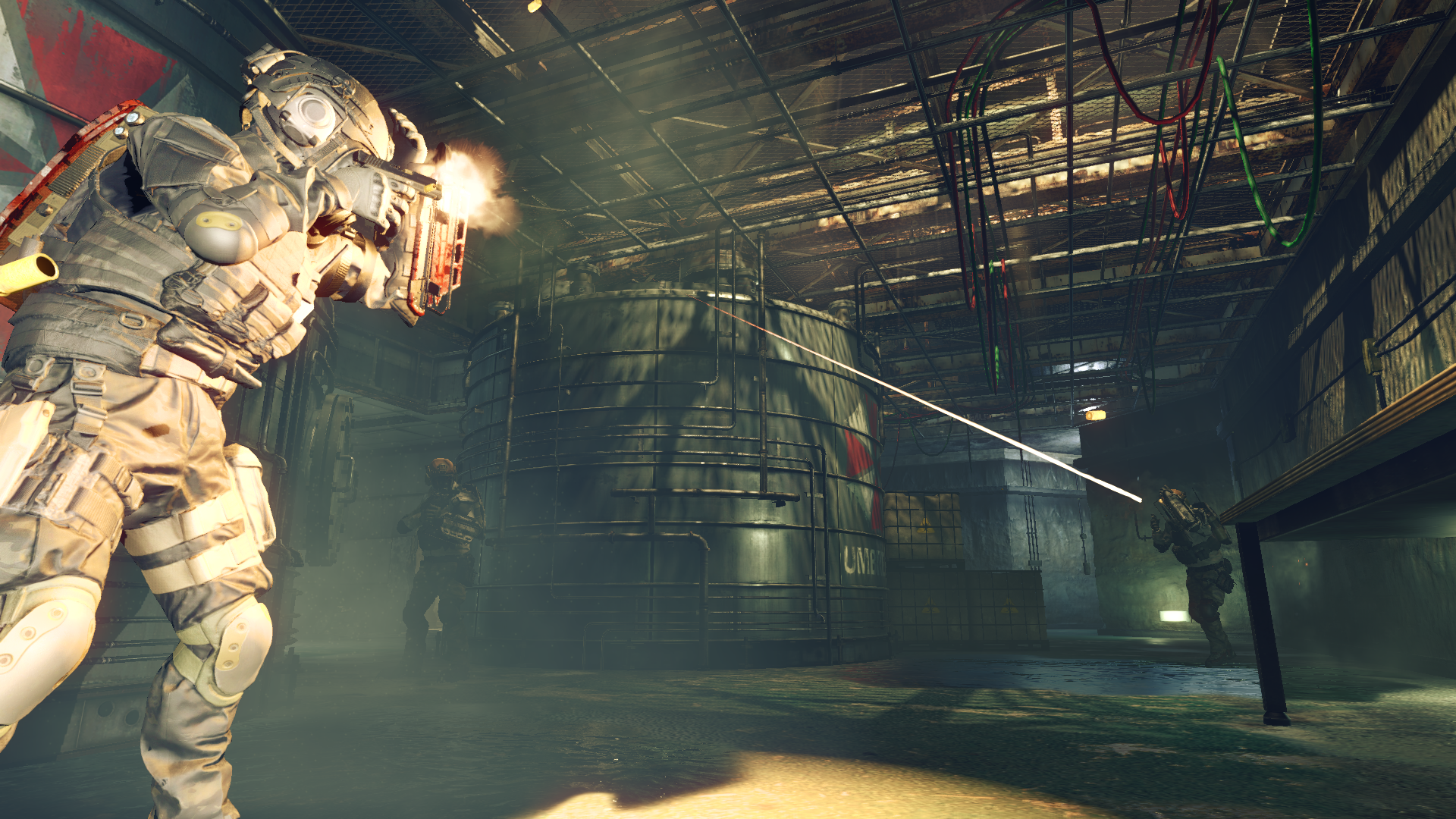 Resident Evil 6 marked a low point for the mainline series. Credit: Capcom
Resident Evil 6 marked a low point for the mainline series. Credit: Capcom
2016 was a challenging year for Capcom. The release of Umbrella Corps, an online co-op shooter, was met with harsh criticism from both reviewers and fans. At the same time, Street Fighter 5 left longtime fans bewildered, as it failed to live up to the legacy of Street Fighter 4. Even the much-anticipated return of Frank West in Dead Rising 4 marked the end of the series' new entries.
This period represented the nadir of a difficult stretch for Capcom, which had been grappling with declining critical acclaim for its mainline Resident Evil games despite strong sales. Street Fighter was struggling, and other key franchises like Devil May Cry were absent from the scene. While Monster Hunter enjoyed massive success in Japan, it faced challenges in penetrating international markets.
"Many of us started feeling that what the fans and players wanted from the series was getting a little bit separate from what we were making," said one developer, highlighting the disconnect that had developed.
Fast forward to today, and Capcom has transformed into one of the most reliable major development studios, consistently delivering hit games from its flagship franchises. From Monster Hunter World and Devil May Cry 5 to Street Fighter 6 and a series of acclaimed remakes, Capcom's recent releases have both sold well and garnered critical acclaim.
This turnaround was not just about learning from past mistakes. Capcom underwent a complete strategic overhaul, reevaluating everything from its target audience to its technological infrastructure. IGN spoke with four of Capcom's leading creatives to understand how the company navigated its challenges and emerged stronger than ever.
Founded in 1979 as a maker of electronic game machines, Capcom rose to prominence in the '80s and '90s with iconic 2D games like Street Fighter and Mega Man. The transition to 3D gaming with titles like Resident Evil was successful, culminating in the release of Resident Evil 4, widely considered one of the greatest games of all time.
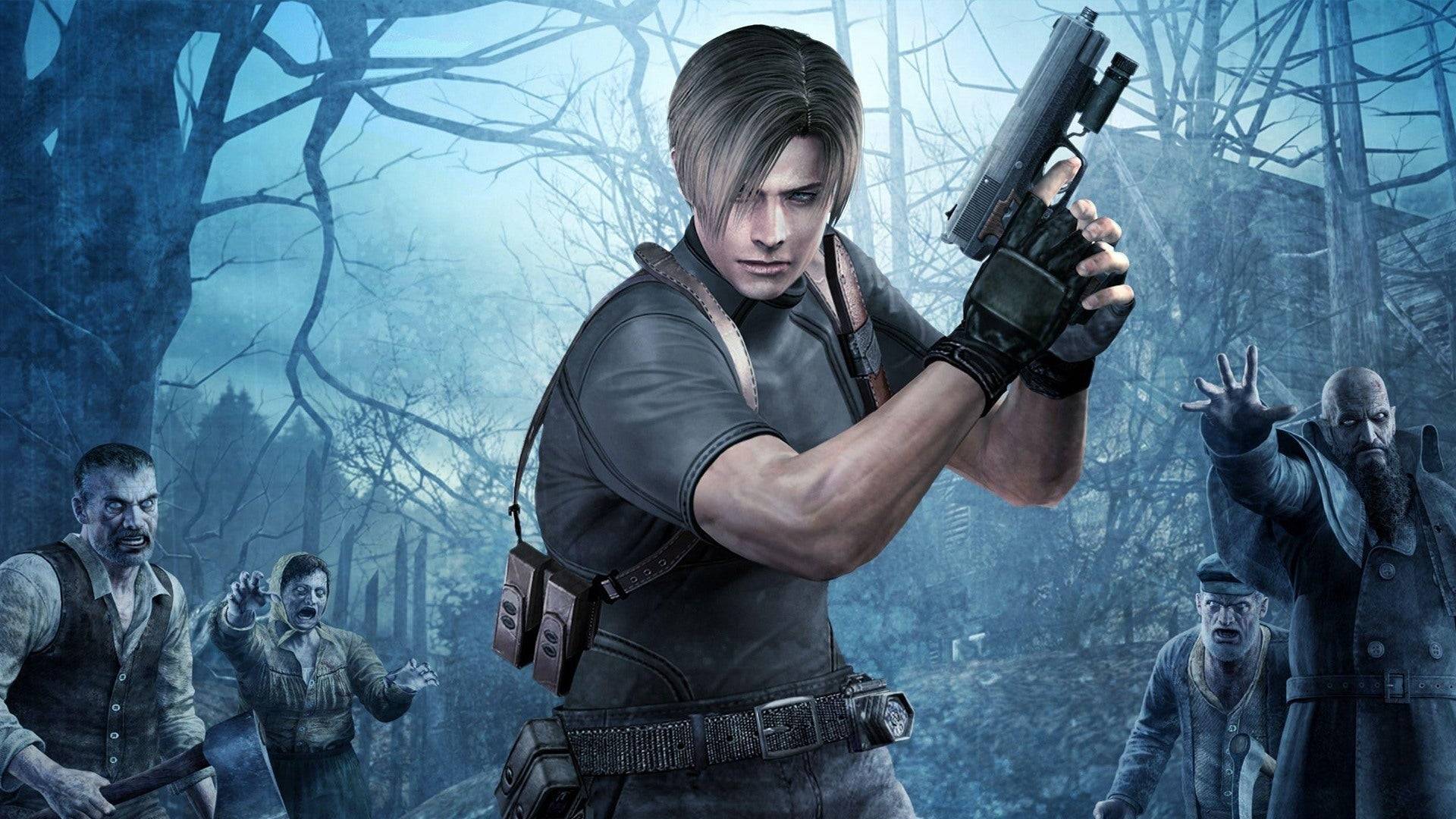 Resident Evil 4 is often hailed as the pinnacle of the series. Credit: Capcom.
Resident Evil 4 is often hailed as the pinnacle of the series. Credit: Capcom.
Resident Evil 4, released in 2005, masterfully blended horror with action, setting a new standard. However, subsequent games struggled to maintain this balance. Resident Evil 5 introduced more action-oriented elements, like Chris Redfield's infamous boulder-punching scene, which diluted the series' horror roots. This shift was evident to both players and developers, including Resident Evil 4 remake director Yasuhiro Ampo, who has been with the series since 1996.
"Overall throughout the Resident Evil series, we set up different goals, challenges, and things we want to try with each game... But this time, many of us started feeling that what the fans and players wanted from the series was getting a little bit separate from what we were making," Ampo explained.
This confusion led to Resident Evil 6, which tried to cater to both action and horror fans but ended up satisfying neither. The game's multiple playable characters and storylines failed to strike the right balance, leaving fans disappointed. Meanwhile, Capcom experimented with spinoffs like Umbrella Corps, further diverging from the series' core identity.
The struggles weren't limited to Resident Evil. Street Fighter 4 had been a massive success, but its sequel, Street Fighter 5, was criticized for its lack of content and poor online functionality. Devil May Cry also faced challenges, with the outsourced DmC: Devil May Cry receiving a mixed reception, leading to the series being put on hold.
These struggles characterized Capcom's early to mid-2010s, with key franchises failing to recapture past glory and new titles like Lost Planet and Asura's Wrath failing to resonate with audiences. The occasional success, such as Dragon's Dogma, was overshadowed by the overall lack of focus.
Street Fighter 5, The Lost Cause
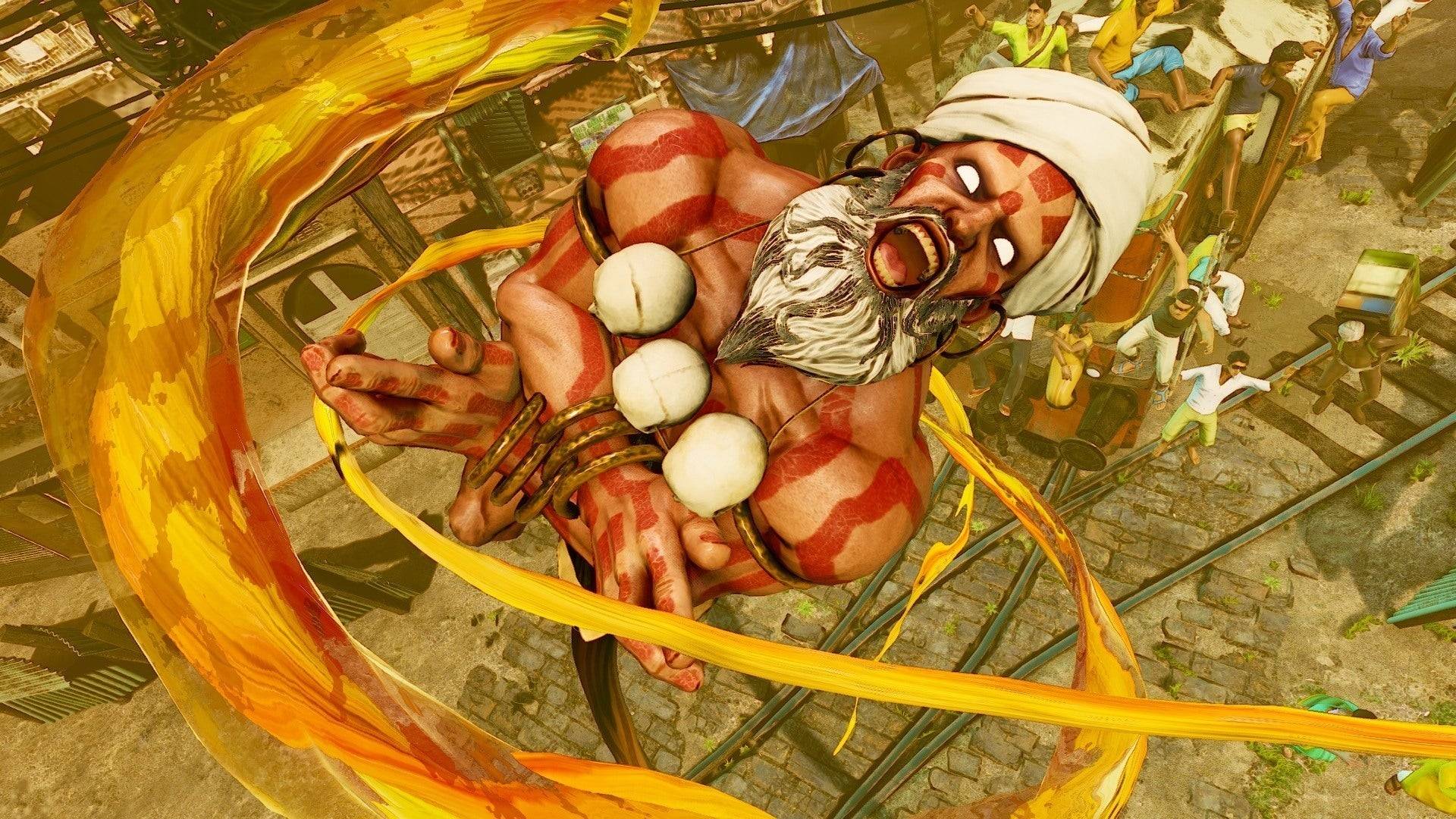 Street Fighter 5 was a disappointment. Credit: Capcom.
Street Fighter 5 was a disappointment. Credit: Capcom.
By the mid-2010s, Capcom began implementing changes to reverse its fortunes. The first step was addressing the issues with Street Fighter 5. Directors Takayuki Nakayama and producer Shuhei Matsumoto were tasked with stabilizing the game.
"There definitely were some challenges within the production of the game, and that was part of the reason why I was brought into the team," Nakayama admitted. "And because we were in a point in development where we couldn't really make any major pivots or shifts, we had to proceed and move forward in the direction we were currently in, which created constraints on what we could and couldn't do."
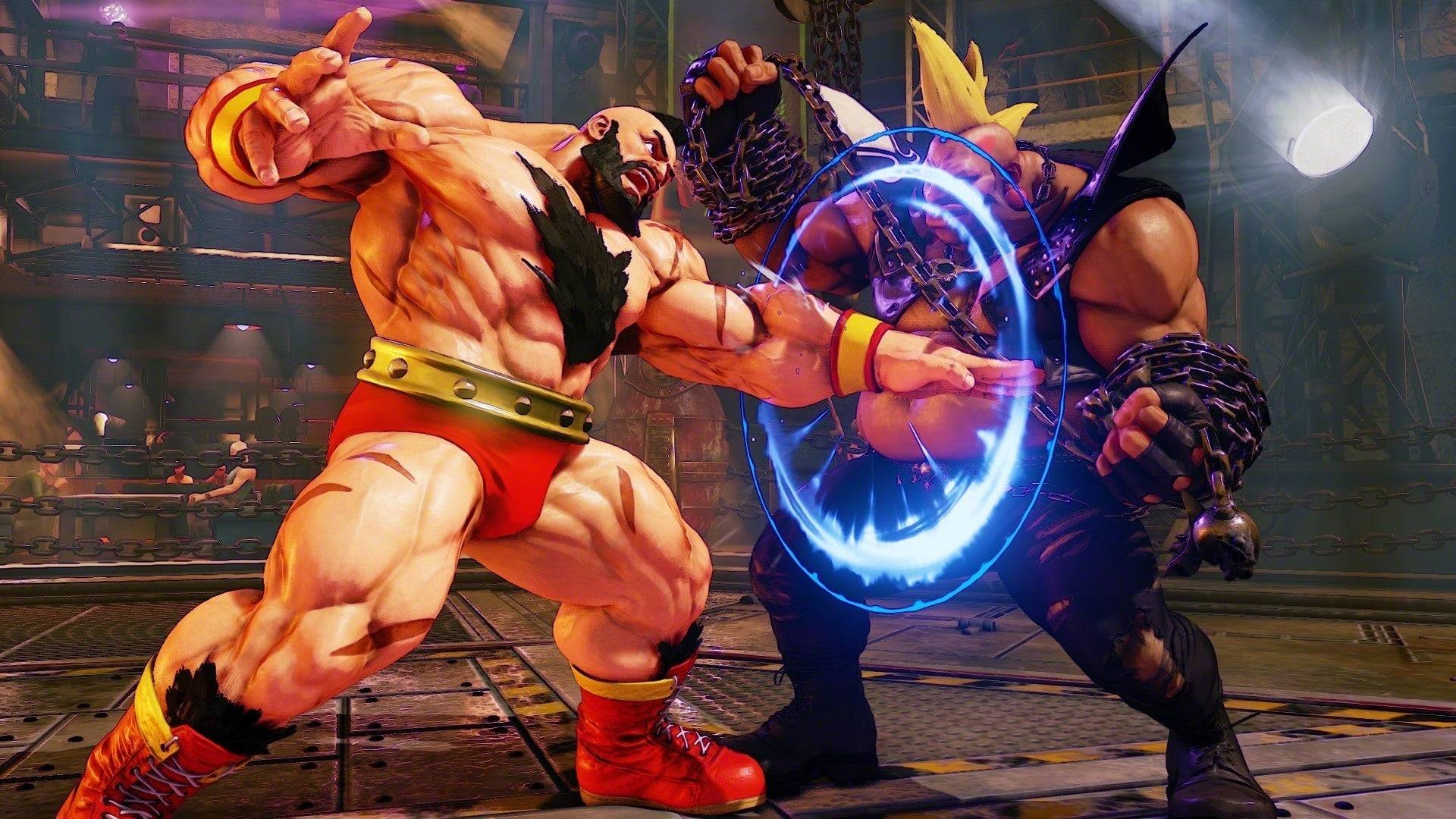 Street Fighter 5 was improved with the release of Street Fighter 5: Arcade Edition. Credit: Capcom.
Street Fighter 5 was improved with the release of Street Fighter 5: Arcade Edition. Credit: Capcom.
These constraints limited the scope of improvements, but Nakayama focused on addressing the most pressing issues, paving the way for Street Fighter 6. "We just didn't really have enough time to address some of the problems and challenges we faced in Street Fighter V," Nakayama said. "And so, with our hands tied behind our backs, we basically had to wait for those ideas to be brought back for the initial conceptual phases for Street Fighter 6, so we could tackle and do things properly for the next title."
Despite the difficulties, abandoning Street Fighter 5 was not an option. Matsumoto explained, "There wasn't any sort of sense of like, 'Okay let's just end Street Fighter 5 and focus on Street Fighter 6.' It was more like, while we were working on Street Fighter V, we were trying to figure out what we really wanted to do in Street Fighter 6 content-wise."
Street Fighter 5 served as a testing ground for new ideas, which were later implemented in Street Fighter 6. Updates to the game's netcode, character re-balances, and new mechanics like V-Shift helped improve the overall experience. The goal was to make the game fun again, addressing the frustration that had plagued Street Fighter 5.
"We both realized that fighting games are fun, and when you get used to them, it becomes more enjoyable and something you can essentially play forever as long as you have an opponent to play against," Matsumoto said. "However, one of the challenges that we faced with Street Fighter V is that we felt that there wasn't a clear pathway that helped guide players to get to that level where they finally feel like they're having fun and will want to continue playing."
Street Fighter 6 aimed to be more approachable for new players while retaining the elements that longtime fans loved, resulting in one of the most critically acclaimed games in the franchise's history.
To prevent future overhauls, Capcom needed a more significant strategic shift. This led to crucial behind-the-scenes changes, including the adoption of a new game engine and a focus on global appeal.
Monster Hunter Took Over The World
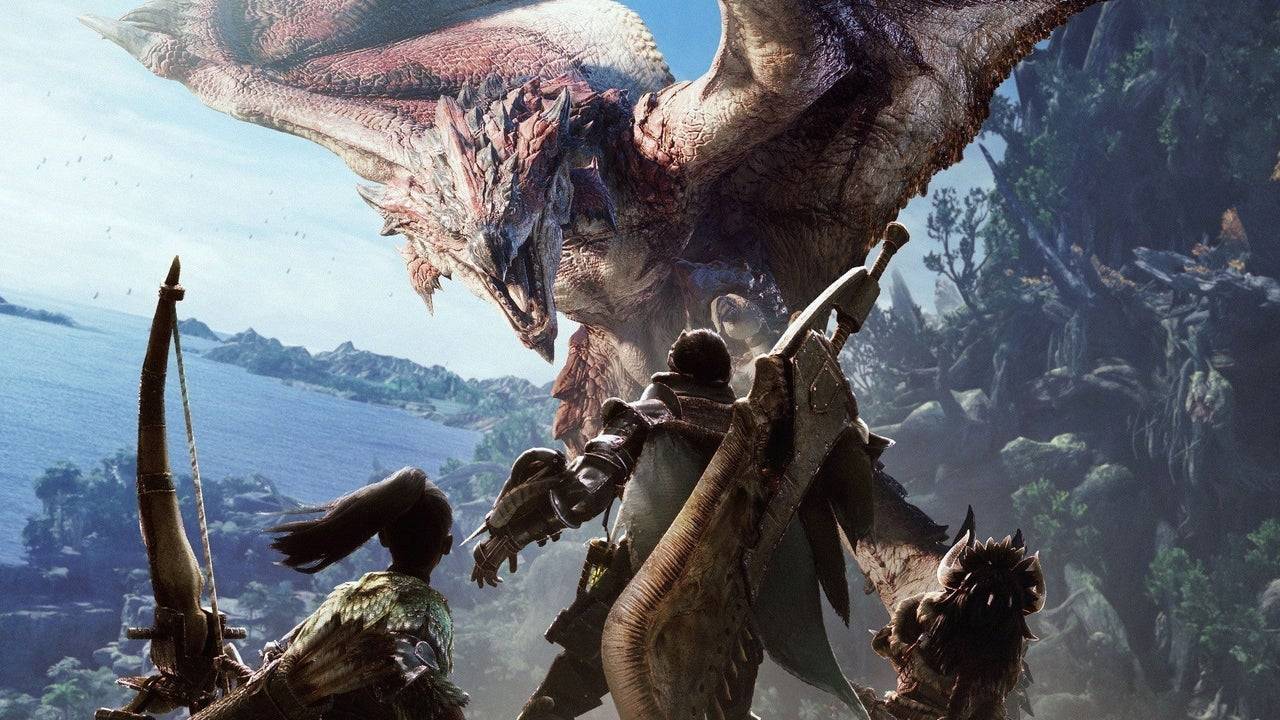 Monster Hunter's revolution began. Credit: Capcom.
Monster Hunter's revolution began. Credit: Capcom.
Around the time of Street Fighter 5's launch in 2016, Capcom underwent an internal reorganization to prepare for a new generation of games. This included the adoption of the RE Engine, which replaced the aging MT Framework. The goal was to create games that appealed to a global audience, not just specific territories.
"It was a few factors that came together," said Hideaki Itsuno, a former game director at Capcom known for Devil May Cry. "The change of the engine and also all teams were given a very clear goal at that point to make games that reach the global market. [Games] that are fun for everyone."
During the PS3 and Xbox 360 era, Capcom had tried to capture the Western market with action-heavy titles like Resident Evil 4 and sci-fi shooters like Lost Planet. However, these efforts were largely unsuccessful. The company realized it needed to focus on creating universally appealing games.
"I think that we had that clear goal of just focusing and not holding anything back," Itsuno said. "Towards making good games that would reach people from all over the world."
The pivotal year was 2017, with the launch of Resident Evil 7 marking the beginning of Capcom's resurgence. No series better exemplified Capcom's new focus on global success than Monster Hunter. While popular in the West, Monster Hunter was significantly bigger in Japan due to the popularity of handheld gaming.
"20 years ago in Japan, having a network connection wasn't as easy, and there weren't a huge amount of people playing Monster Hunter online. However, handheld consoles made multiplayer gameplay easy without internet access, and I regard it as a great success that we had players experience the game in this way," explained Ryozo Tsujimoto, the series' executive producer.
Monster Hunter's focus on cooperative play was well-suited to the handheld market in Japan, but it also had fans in the West. As internet infrastructure improved globally, Capcom saw an opportunity to launch a more accessible version of the game.
Monster Hunter: World, released in 2018 on PlayStation 4, Xbox One, and PC, was a game-changer. It offered AAA console quality with enhanced graphics, larger areas, and bigger monsters. The game was designed to appeal to a worldwide audience, with simultaneous global releases and no region-locked content.
"Our approach to the globalization of the series and Monster Hunter in general really ties into not only the themes that we had going into designing the game, but also in the name of the game," Tsujimoto said. "The fact that we called it Monster Hunter: World is really kind of a nod to the fact that we wanted to appeal to this worldwide audience that we wanted to really dig into and experience Monster Hunter for the first time."
Global focus tests helped refine the game's systems, leading to changes like displaying damage numbers when players hit monsters. These adjustments contributed to Monster Hunter: World and its follow-up, Monster Hunter Rise, both selling over 20 million copies.
"At its heart, Monster Hunter really is an action game, and that sense of accomplishment you get from really mastering that action is an important aspect of Monster Hunter," Tsujimoto explained. "But for newer players, it's really about getting to that point. The steps involved in getting to that sense of accomplishment is what we're trying to strategize for, in terms of designing for new players."
Resident Evil 7 Began Turning Things Around
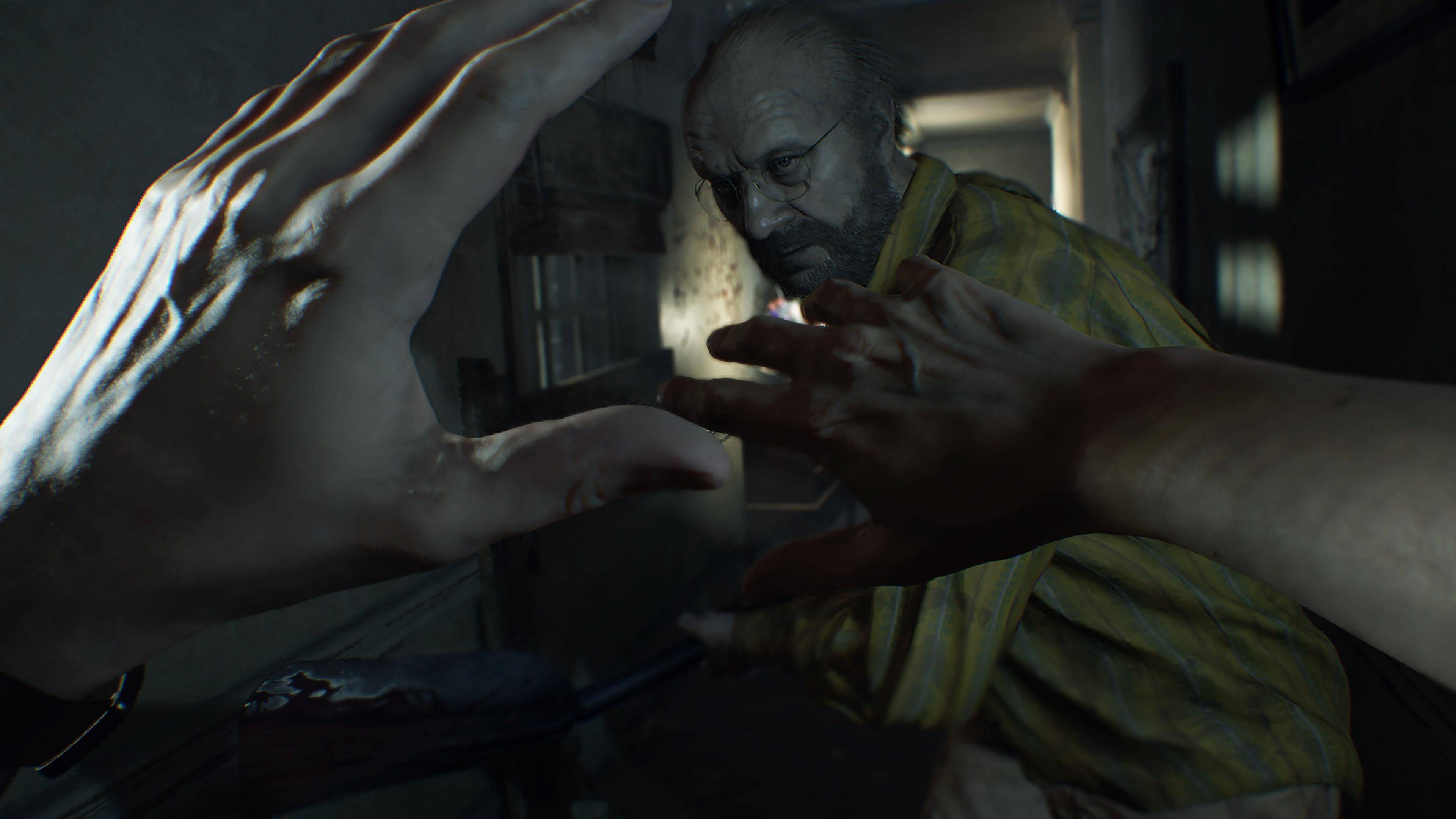 Welcome to the family. Credit: Capcom.
Welcome to the family. Credit: Capcom.
While Monster Hunter had a winning formula, Resident Evil faced a different challenge. The series had to decide whether to focus on action or survival horror. Jun Takeuchi, the executive producer of Resident Evil, made the call to return to the series' survival horror roots.
"It was around the time I was working on Resident Evil Revelations 1 and 2. I was trying to test different things, try different approaches," recalled Yasuhiro Ampo, director of Resident Evil 2 and 4 remakes. "And around this time is when the R&D teams were divided into R&D division one and two. The executive producer of the Resident Evil series, Jun Takeuchi, took command of R&D division one, and he set the core direction that the Resident Evil series needed to go back to its origins, to its roots."
Resident Evil 7 was announced at PlayStation's E3 2016 conference with a moody trailer shot in first-person, signaling a return to the series' horror roots. "We cannot underestimate how critical it is for the series for it to be scary," Ampo said.
The game's first-person perspective helped reignite the series' horror elements, and its southern gothic setting made it one of the scariest entries in the franchise. While Resident Evil 7 and 8 remained in first-person, Capcom also planned third-person remakes, starting with Resident Evil 2.
"It was like, 'all right people really want this to happen.' So producer [Yoshiaki] Hirabayashi came up with the slogan: 'Well, we'll do it,'" Ampo revealed.
The Resident Evil 2 remake was a resounding success, blending horror with action and puzzles, and introducing the menacing Mr. X. It became the second best-selling game in the franchise's history.
Despite initial hesitation, Capcom also remade Resident Evil 4, a game still beloved by many. "As you mentioned, [Resident Evil 4] was still a title that enjoyed some popularity. So there was a lot of internal discussion on how maybe it's not a good idea. Maybe we don't need a remake for Resident Evil 4, especially because Resident Evil 4 is a game that is so beloved. If we get anything wrong with the remake, people might be quite vocal about their discomfort," Ampo said.
The Resident Evil 4 remake was another hit, fine-tuning the action-horror balance and maintaining the series' survival horror roots. It removed some campier elements and adopted a moodier tone while retaining the action hero moments.
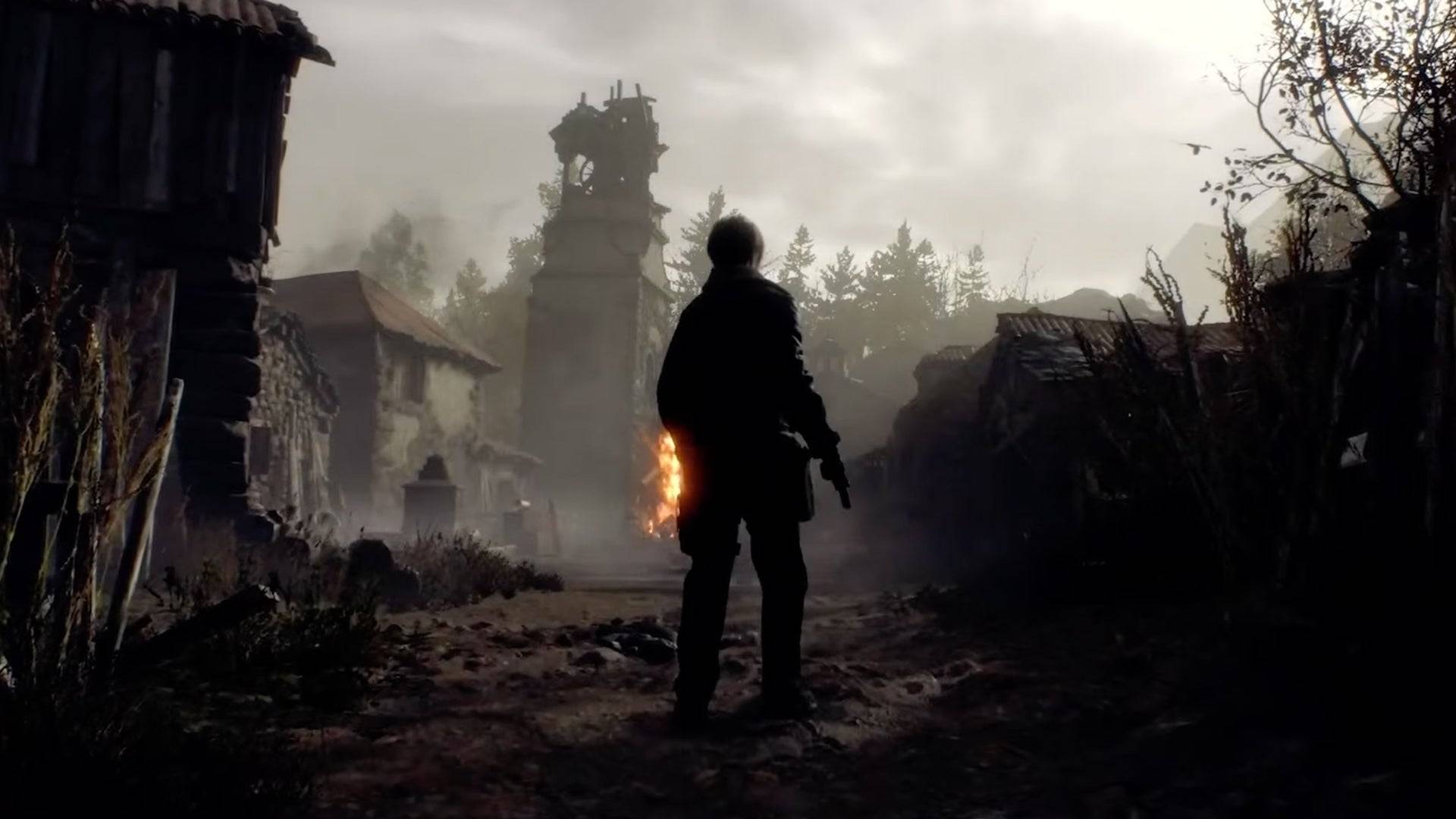 Horror reborn. Credit: Capcom.
Horror reborn. Credit: Capcom.
Around the same time, Devil May Cry director Hideaki Itsuno also sought to return to the series' roots. After working on Dragon's Dogma, Itsuno noticed action games becoming too casual. With Devil May Cry 5, he aimed to challenge players using Capcom's new RE Engine.
The Reason Behind The Change
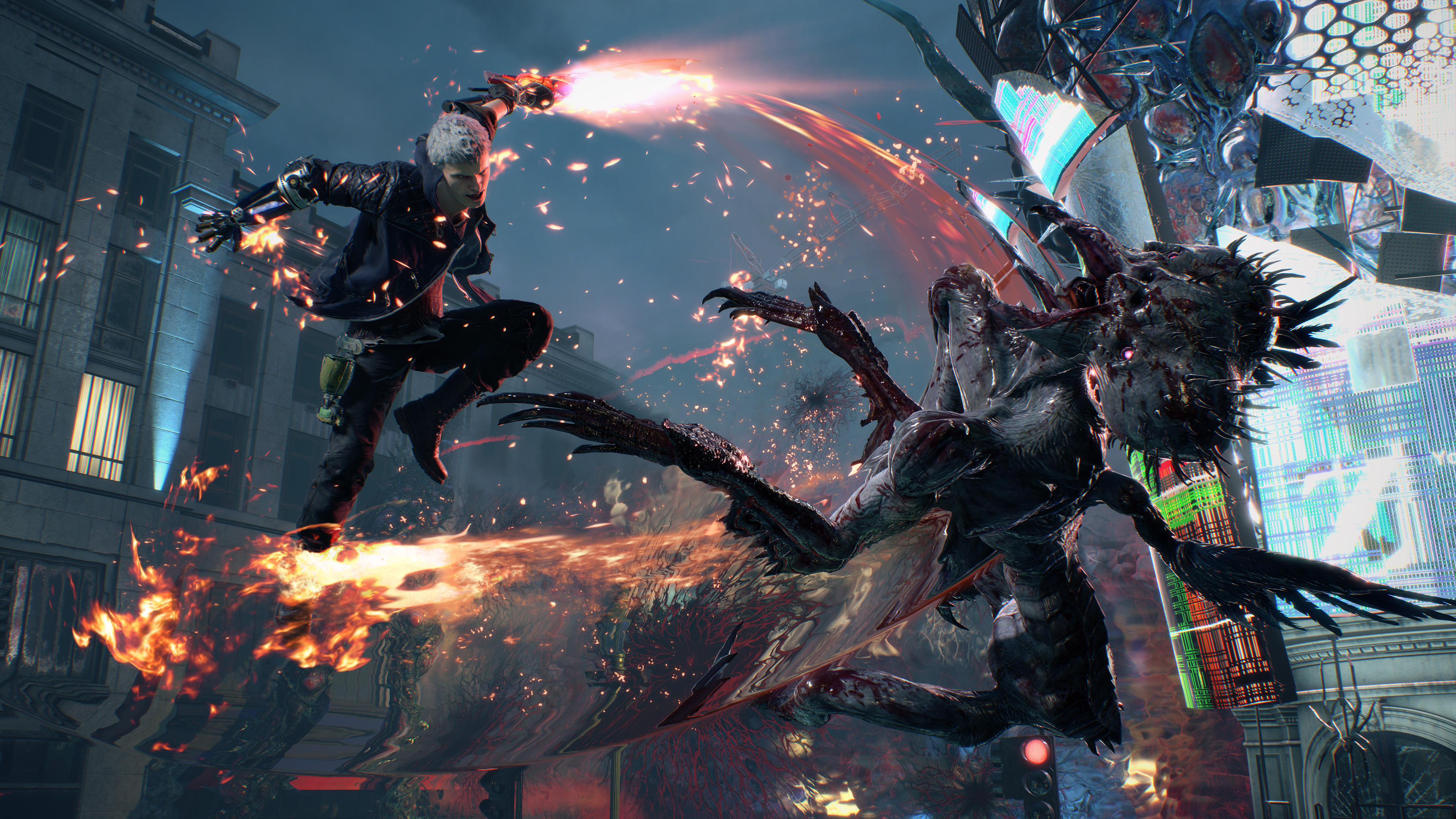 Capcom's goal was to make the coolest game ever. Credit: Capcom.
Capcom's goal was to make the coolest game ever. Credit: Capcom.
"I felt like the main trend with action games was to make action games that were very kind," Itsuno admitted. "Maybe, for me, a little bit too kind to the players, lending a hand to the player too much to my liking."
Itsuno directed Devil May Cry starting with the second game and returned after a decade to direct Devil May Cry 5, leveraging the new RE Engine. This engine allowed for photorealistic assets and rapid development, enabling Itsuno to create a stylish and challenging game.
"Devil May Cry is a franchise that stands on being cool," Itsuno said. "That's what the franchise is, it's about being cool. Ever since I took over the series from Devil May Cry 3, I put everything that I, as a person, I considered throughout my life to be cool. Anything I've seen on TV, in movies, and comics I've read, any sport experiences I've had, I try to distill everything that I think is cool into what the game is."
A New Capcom Golden Age
Since 2017, Capcom has released a game of the year contender nearly every year, a feat that sets it apart from other major studios struggling with consistency. This success is attributed to a focus on globally appealing games, powered by the versatile RE Engine, which supports a wide range of genres.
Capcom's approach has not diluted its games but rather expanded their audience while maintaining their core identities. Whether it's the pure survival horror of Resident Evil, the competitive spirit of Street Fighter, or the unique battle systems of Monster Hunter, Capcom has struck a balance that resonates with millions of players worldwide.
While many of Capcom's contemporaries are struggling to find their footing, Capcom's strategic changes over the past decade have ushered in a new golden age. "It's a very exciting time to be at Capcom right now. A lot of us are able to get excited about what we're working on and are able to focus on things that we think are fun. So, yes, I guess a golden age may be one interpretation of that," said Nakayama.
Tsujimoto added, "Capcom is going through a golden era, and, well, now we have to do everything we can so that this lasts one more year, one more year, and every year, one more year. Hopefully, we can extend it as long as we can."
- 1 Fortnite: Chapter 6 Season 1 NPC Locations Feb 13,2025
- 2 Culinary Journey Thrives for Six Jan 01,2025
- 3 Pokémon Go Is Celebrating New Year’s 2025 with Festive Fireworks and More! Jan 03,2025
- 4 Roblox: Warrior Cats: Ultimate Edition Codes (January 2025) Feb 12,2025
- 5 Tips to Conquer the Dragon Quest III: HD-2D Remake Feb 21,2025
- 6 Roblox Game Codes Updated: April 2025 May 13,2025
- 7 How To Fix Common Marvel Rivals Error Codes Feb 20,2025
- 8 Pokémon GO Fest 2025: Fest Dates, Locations, Details Revealed Feb 13,2025
-
Top Beauty Trends for This Season
A total of 10
-
Unique Wallpaper Apps for Every Style
A total of 10
-
Ultimate Baseball Games for Android
A total of 10




